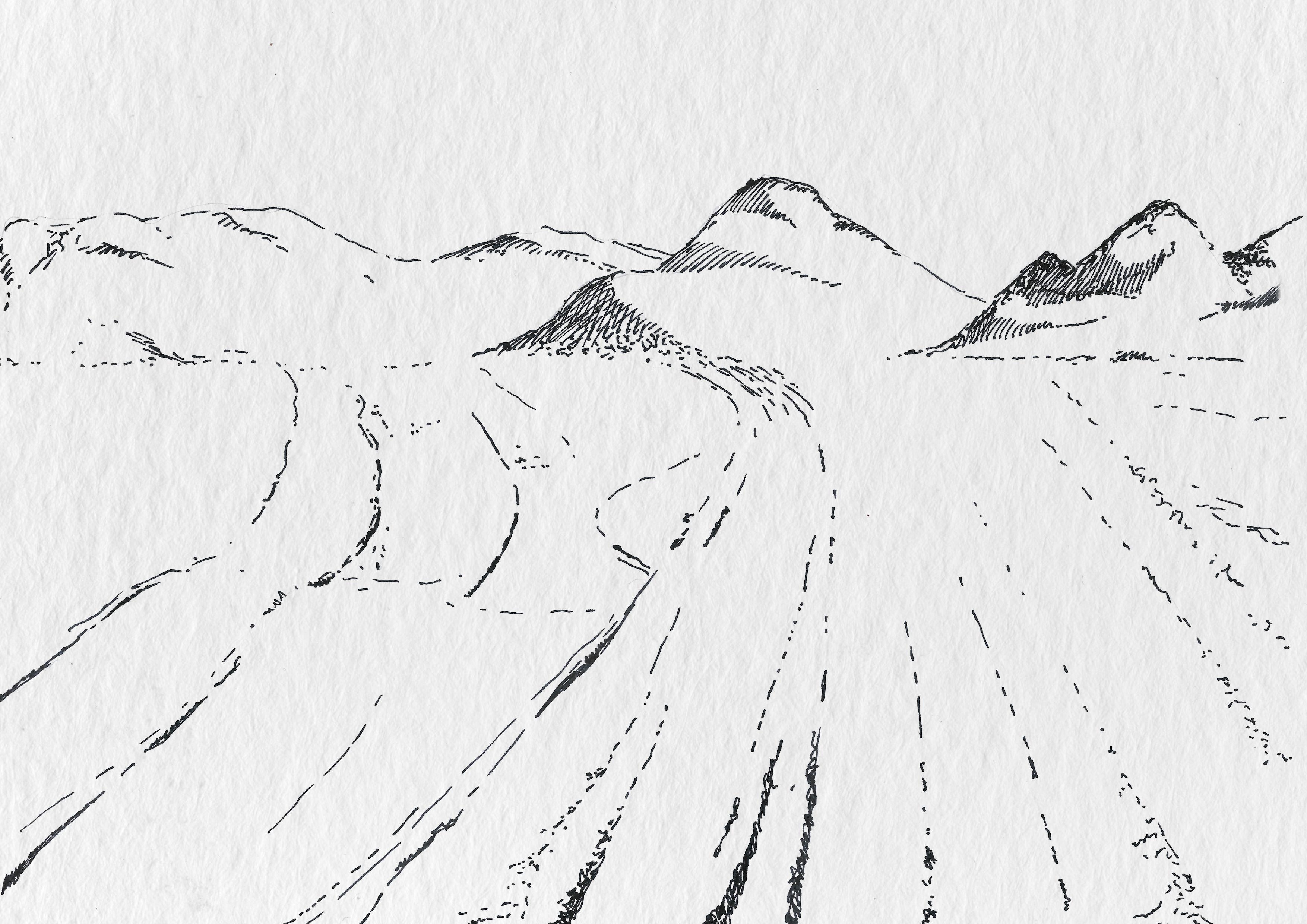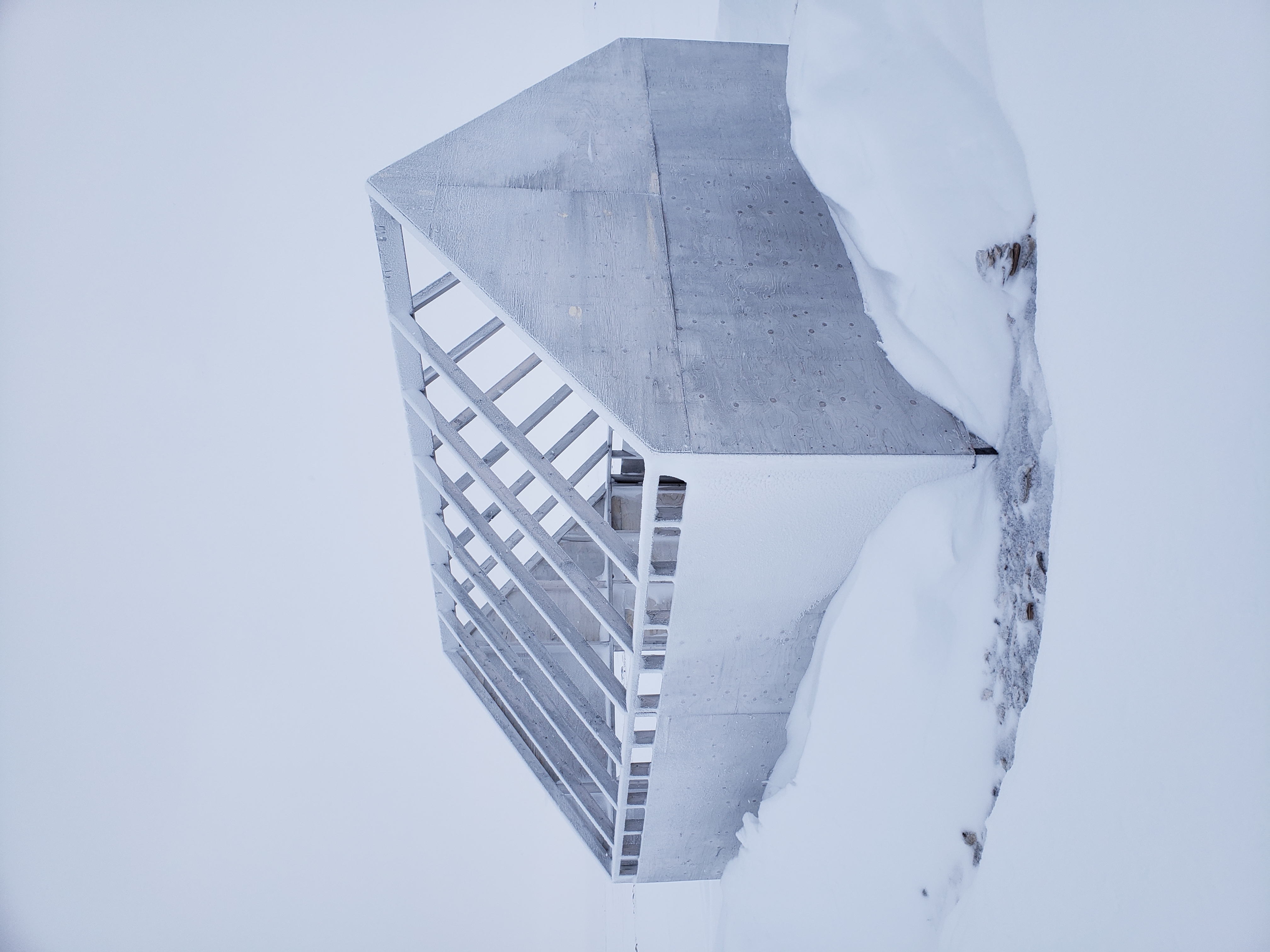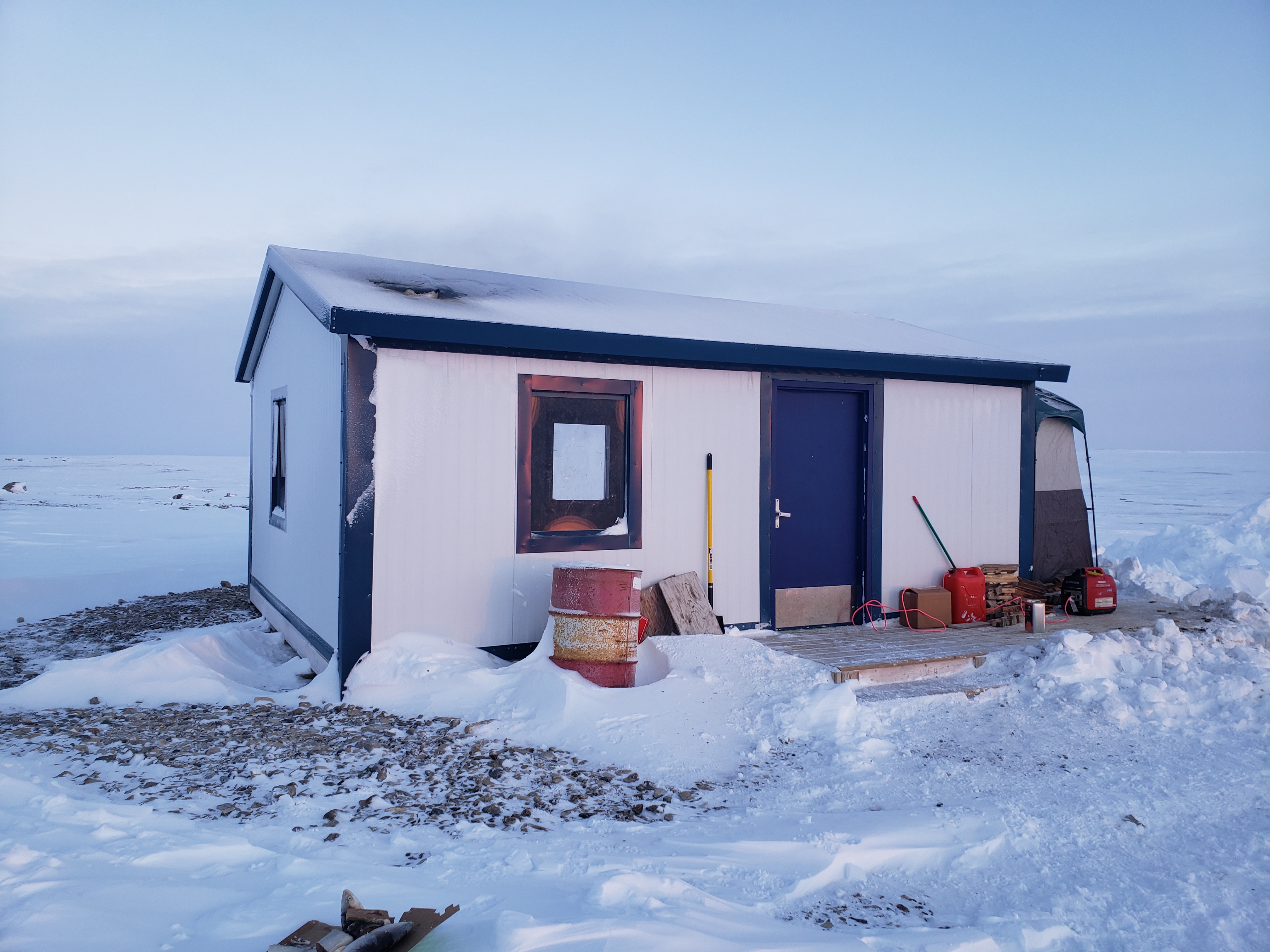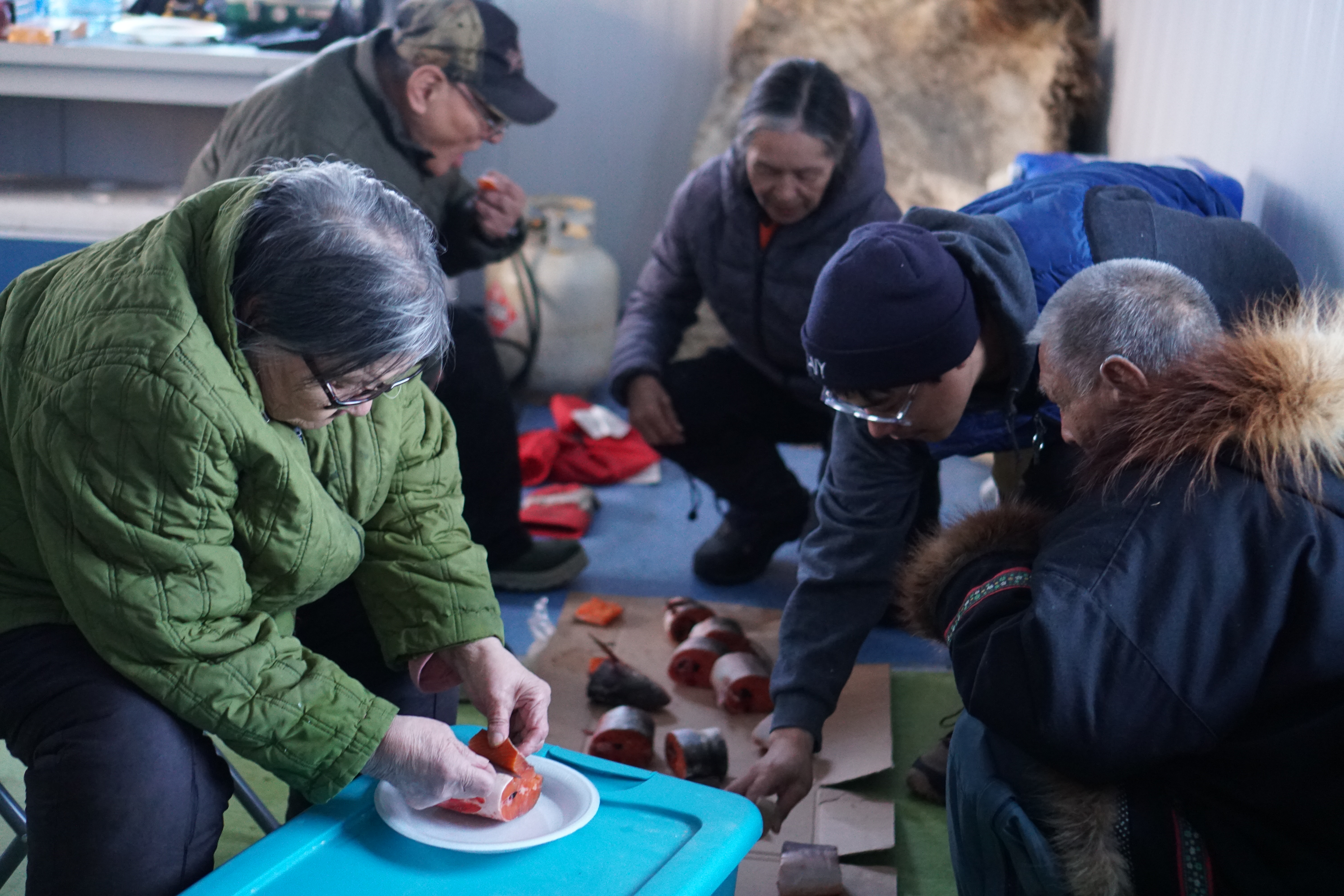Finding the Youth-Elder Cabin: Difference between revisions
No edit summary |
|||
| Line 28: | Line 28: | ||
We can get "started" around 11.</div> | We can get "started" around 11.</div> | ||
=Program, | =Program and procedures= | ||
The (pre-)workshop takes two days. However, I had designed the pre-workshop to consist only of formal moment that are recorded as part of the research, at the beginning and the ending of each day consist. In-between we’re just "hanging out". Maybe we cook something, or take pictures, play a card games, listen to the radio, or drink tea. | |||
This design was adapted from an earlier iteration I came up with in which no researcher would be present in the cabin at all, and would only come in the morning to discuss the questions they had, and in the evening to discuss the outcomes that group had decided on. This design was to build upon my observations from community filmmaking in which it became clear how valuable in terms of knowledge renewal it was for elders and youth to spend time together, and how research could make such regenerative moments possible. However, once we had formed the group, multiple elders indicated that I should spend the full days with them. | |||
As such, I started each day by collecting informed consent, agreeing on the payment, and by explaining why we are coming together, what I was hoping to get out of the pre-workshop. I also explained how I had prepared that particular day and the questions that I wanted to discuss. I finally informed everyone that I would be making notes, and record the formal conversations, and that there was a camera and a piece of paper, on the wall, for them to use if they think of something, or wanted to draw something. | |||
=Cooking and Sharing Food= | =Cooking and Sharing Food= | ||
Revision as of 23:05, 18 January 2025

Peter van Coeverden de Groot, one of BearWatch's co-PI's, had arrived to come help organize the final workshops with me. To make sure that the Elder-youth cabin would meet the requirements of organizing a pre-workshop meeting for multiple people, we hired George Konana to bring us there. Neither Peter nor I had been there before, so we weren't sure where, or in which state the cabin was.
George, taking advantage of this situation, told us he didn't quite understand why we would want to organize a workshop in "that old cabin". He, nevertheless, eventually brought us there by skidoo.

Preparing Cabin
As it turns out, George played a prank on us.
Not only is the youth-elder cabin in great shape, it also lies next to a road- which means we can bring people there with our truck. It isn't even locked!
It needs more comfortable seats though, firewood, a toilet, and some cleaning out. But this is nothing that can not be done with some helping hands and an early start.


Program and procedures
The (pre-)workshop takes two days. However, I had designed the pre-workshop to consist only of formal moment that are recorded as part of the research, at the beginning and the ending of each day consist. In-between we’re just "hanging out". Maybe we cook something, or take pictures, play a card games, listen to the radio, or drink tea.
This design was adapted from an earlier iteration I came up with in which no researcher would be present in the cabin at all, and would only come in the morning to discuss the questions they had, and in the evening to discuss the outcomes that group had decided on. This design was to build upon my observations from community filmmaking in which it became clear how valuable in terms of knowledge renewal it was for elders and youth to spend time together, and how research could make such regenerative moments possible. However, once we had formed the group, multiple elders indicated that I should spend the full days with them.
As such, I started each day by collecting informed consent, agreeing on the payment, and by explaining why we are coming together, what I was hoping to get out of the pre-workshop. I also explained how I had prepared that particular day and the questions that I wanted to discuss. I finally informed everyone that I would be making notes, and record the formal conversations, and that there was a camera and a piece of paper, on the wall, for them to use if they think of something, or wanted to draw something.
Cooking and Sharing Food

